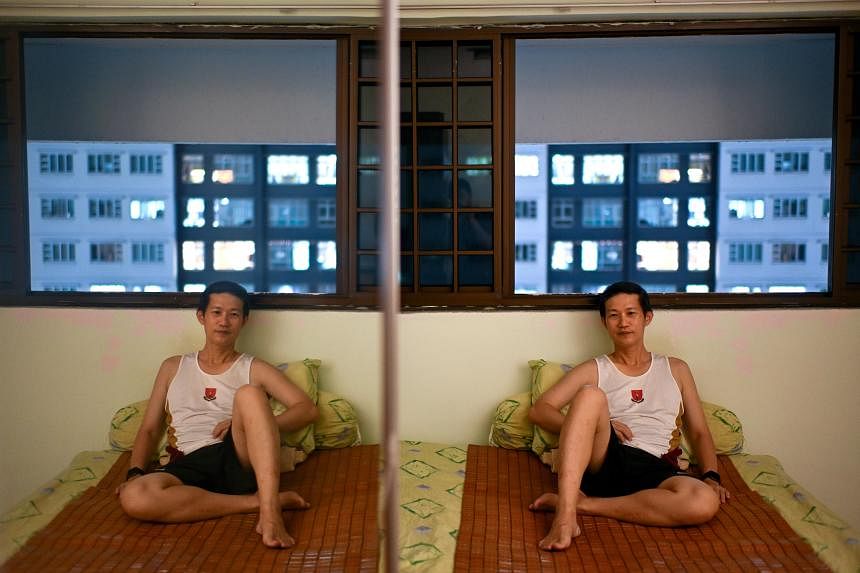
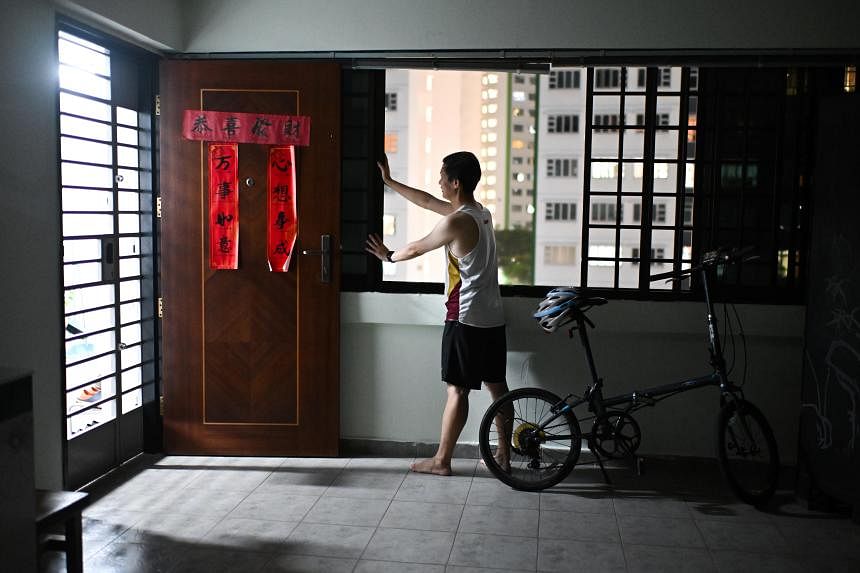

SINGAPORE – Some Singapore residents are holding fast against the allure of air-conditioning and seeking environment-friendly ways of keeping cool amid the heatwave.
The soaring mercury of recent months has seen energy bills inching upwards as Singaporeans turn down the thermostat indoors.
In this “air-conditioned nation” – a phrase popularised by academic Cherian George’s 2000 essay collection, Singapore: The Air-Conditioned Nation – the energy-guzzling appliance is a touchstone of comfort and ease in many offices and homes.
Singapore’s founding prime minister Lee Kuan Yew once opined that air-conditioning was one of the best inventions of modern history.
Some Singaporeans, driven by sustainability concerns and a desire to keep utility payments low amid rising costs of living, however, are eschewing the use of air-con and beating the heat through natural, sometimes quirky, means.
These include throwing open the front door and windows, working beside a basin of water, strolling in lush gardens, using refreshing shower gels, drinking cooling beverages and sleeping in the nude. Some even do without fans.
While not all cooling methods are proven, environmental sciences experts say classroom science concepts like evaporation and wind directionality can reduce heat.
They add that longstanding habits, subjective sensations and even one’s inner calm – or otherwise – can affect how cool one feels, regardless of rising temperatures.
Using natural ventilation

Mr Jeryl Yep, the 31-year-old co-founder of Semula, a plastic waste recycling company, harnesses natural ventilation to stay cool in the air-con-free, five-room HDB flat in Yishun where he lives with his wife, a 29-year-old educator.
Their Build-To-Order flat, which the couple moved into in 2023, has in-built advantages. While house-hunting, they had a wish list that included having strong sunlight in the kitchen and laundry area to dry their clothes.
The flat they chose did not only deliver in this regard, but outdoor breezes also flow unblocked in an invisible diagonal path between the kitchen windows and the windows in their large living room, which helps cool the space further.
They also leave their front door open when they are home – the entrance is barred with a locked metal grille – allowing cool winds to waft in.
Mr Yep sometimes steps outside into the corridor of his block to cool off on days with stultifying heat. On the rare occasions when he and his wife cannot bear the climbing temperatures, they sleep on the cool tiled floor of their bedroom.
They also installed blackout curtains in their master bedroom, which has a fan, to mimic the effects of darkness by blocking out natural and artificial light.
Mr Jeremy Kong, programme chair at the School of Applied Science at Republic Polytechnic, applauds this move. “The dense, tightly woven fabric typically used for blackout curtains prevents solar radiation from entering the room and heating up the interior space, especially during sunny days, which keeps the room cooler and reduces the need for air-conditioning.”
Other experts also commend Mr Yep for leveraging the layout of his home to beat the heat.
Mr Lim Chun Keat, a senior manager at Singapore Polytechnic’s School of Architecture and the Built Environment, explains that opening the main door in an HDB flat facing the common corridor, which typically receives natural ventilation, allows cross-ventilation to take place.
Cross-ventilation is a natural phenomenon in which wind enters an opening, such as a window or door, flowing directly through the space and exiting through an opening on the opposite side.
Mr Lim, a trained architect who is Green Mark-accredited, a top-tier local certification, adds: “The placement of furniture in the home also plays a key role in enhancing air flow and exchange. Do not place tall furniture near windows or the main entrance, such as by building a privacy screen at the entrance.”
Flinging open the windows makes sense too.
Assistant Professor Chew Lup Wai, from the department of the built environment at the College of Design and Engineering at National University of Singapore, says opening more windows and doors generally has a cooling effect in tropical weather.
The heat released by many indoor heat sources – such as lighting, computers, refrigerators and other electrical appliances – will accumulate and increase the indoor temperature if the windows and doors are closed, says Prof Chew.
“In contrast, the heat can be dispersed through these openings, making the indoor temperature lower than if they are closed, since ventilation allows indoor heat to be dispersed.”
He adds: “If the wind outdoors is blowing from south to north, then opening the windows facing north and south will maximise cross-ventilation. However, outdoor wind always changes direction and we often do not know which direction it takes. Therefore, it is best to just leave as many windows open as possible to maximise cross-ventilation.”
Coolness of mind helps
Elaborating on his decision to go air-con-free, Mr Yep says: “Sustainability and, more so, practicality were our concerns. Good use of shading, with our blackout curtains, and airflow improve thermal comfort for us.”
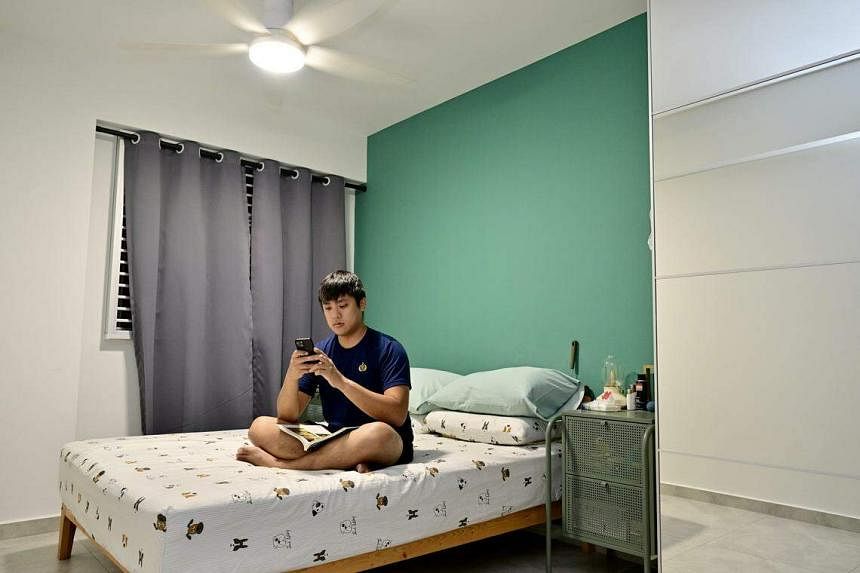
Thermal comfort, say experts, is affected by factors such as temperature and humidity. It is defined as “that condition of mind that expresses satisfaction with the thermal environment and is assessed by subjective evaluation”, according to Ashrae, the professional association known as the American Society of Heating, Refrigerating and Air-Conditioning Engineers, which sets internationally recognised standards and guidelines in this field.
Dr Zheng Kai, from the architecture and sustainable design department at Singapore University of Technology and Design (SUTD), notes that thermal comfort is therefore highly subjective, depending on individual perception and definition.
Quite often, common concepts of what is cooling are not based on science, experts say.
Prof Chew from NUS points out that fans, for instance, “do not cool the air as they cannot reduce the temperature of the air”.
“Rather, the airflow generated by a fan cools our body by removing heat from our body. The stronger the airflow, the more heat it can remove. Therefore, we feel a stronger cooling effect when we increase the fan speed,” he says.
As such, Dr Zheng from SUTD recommends alternatives to air-conditioners like air coolers and misting systems, which use far less energy.
It also boils down to a cool state of mind, as perceived cooling can boost an impression of reduced heat.
Mr Kong from Republic Polytechnic says: “As the Chinese saying goes, xin jing zi ran liang (when the mind is calm, you will feel cooler). Acts of perceived comfort, like calming yourself through meditation, will reduce the demands on your body system.
“By reducing such demands, you will be conserving energy and reducing fatigue. You will then be in a better position to tolerate discomfort.”
One illustration of perceived comfort is when soccer players imbibe water then spit it out, says Mr Kong.
“Rinsing the mouth refreshes it, improving comfort and preventing dryness, particularly during periods of intense physical exertion. The act also has a psychological effect that tricks the mind that the body has received hydration and is ready for another bout of physical activity.
“Similarly, this puts the mind and body in a better position to tolerate discomfort. However, such methods of perceived comfort do not actually hydrate the body.”
To alleviate feelings of being overheated in the recent heatwave, Mr Yep, owner of the Yishun flat, has been taking up to three cold showers a day, including before going to bed. He also uses a menthol shower wash.
This is another example of the value of perceived cooling effects, says Mr Kong.
“The cool and minty sensation is a result of sensory stimulation rather than actual temperature reduction. Menthol, a compound found in mint, creates a sensation of coldness by stimulating the body’s cold-sensitive receptors without changing the temperature of the skin,” he says.
“By providing a refreshing sensation, products like a menthol body wash can help individuals feel more comfortable and refreshed, even in warm conditions.”
Science of evaporation
Basic science concepts like evaporation and humidity play a role in feeling cool.
Mr Saravanan Sinniah, 42, has been making use of evaporation to battle the heat.
A Malaysian permanent resident of Singapore, he commutes from Kempas, a suburb of Johor Bahru, to and from Singapore, where he runs nature programmes as an environmental educator at non-profit Conservation International Singapore. He is also the founder of local adventure travel firm AdPeak.
When he works from home in Johor a couple of days a week in the semi-detached house he shares with his elderly mother, the bachelor can often be found sitting at his desk, flanked by a metal basin, 50cm in diameter and filled with unheated tap water.
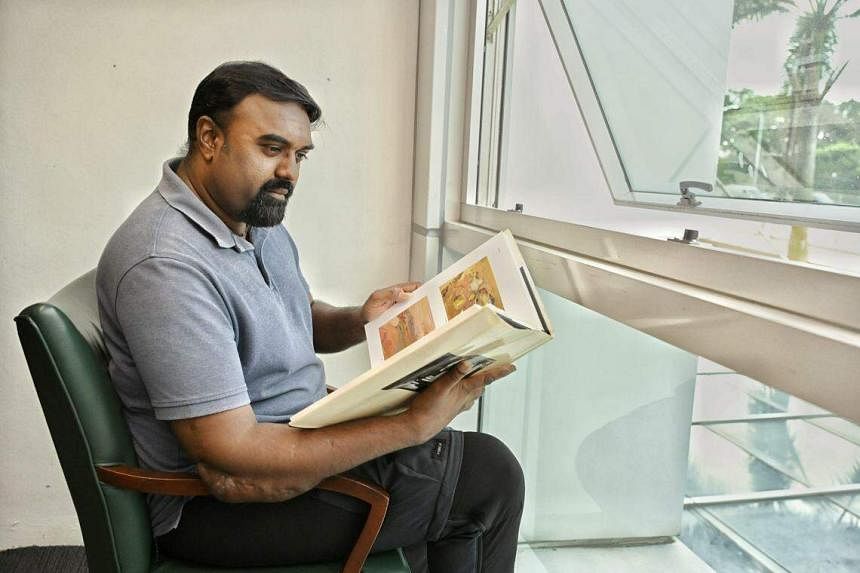
To destress, he sometimes picks flowers his mother grows in their garden and places them in the basin, to gaze at when he looks up from his laptop.
The evaporation from the basin of water has a small cooling effect, says Mr Saravanan, who does not use air-conditioning at home.
“We know that oceans absorb carbon dioxide, other greenhouse gases and heat, as do lakes. Beyond the science, there are traditional practices where containers of water are placed at the entrance of homes, for washing and cooling. My grandparents did that,” he says.
“Three years ago, during the Covid-19 lockdown in Malaysia, I thought of testing the cooling part at home and started with a basin of water beside me.”
Mr Kong from Republic Polytechnic says evaporative cooling plays a role in this scenario.
He says: “When water is exposed to air, it evaporates, turning into water vapour. This process requires energy and it draws heat from the surrounding environment, causing a cooling effect.
“So, when you place a basin of water on a table, the water evaporates, absorbing heat from the surrounding air and the table, which results in a cooling effect.”
SUTD’s Dr Zheng maintains, however, that such an impact would be small in the absence of strong winds that would increase the rate of evaporation.
Mr Saravanan also mops the floor and opens the large windows at home, which makes him feel cool, he says.
He goes on walks around his neighbourhood at dawn, letting the sweat fully evaporate, absorbing heat from the skin and cooling his body down, before showering off.
However, experts say these effects may be limited.
“In high humidity, even though the body may be producing sweat, it may not effectively cool down because the sweat doesn’t evaporate as readily,” says Mr Kong.
“This can lead to a feeling of stickiness and discomfort, as well as a perception of higher temperatures, even if the actual air temperature is not extremely high.”
Nonetheless, Mr Saravanan says: “As a society, as we adjust to different comfort levels, we don’t realise that our baseline practices have changed. We did not used to have air-conditioning, for instance, which contributes to energy usage.
“Whenever possible, I try to be traditional and live simply. I love this planet, and everything we do that uses more resources than we need will damage it.”
Seeking out green spaces
Retired teacher Tang Hung Bun, 68, and his 62-year-old wife Wu Yen Hua, who works part-time at Ground-Up Initiative, a non-profit known for its focus on sustainability and community building, do not have air-conditioning in their five-room HDB flat in the Thomson area, where they live with their two adult sons.
The couple stay cool by relying on energy-saving fans and sitting on the bench near their front door, which lies in the path of strong breezes that sometimes whoosh from the door to the living room windows directly opposite.

They quaff cooling drinks brewed by Ms Wu, who sometimes uses the leaves of a plant known locally as Black Face General, found in recent years to have anti-cancer properties.
“We don’t feel good when we spend several hours in air-con. We also save a lot on energy bills,” says Mr Tang. He paid $65 for a recent electricity bill, about 60 per cent of the amount paid by his neighbours, according to an aggregated comparison supplied by his utility provider.
When their flat is too warm, Mr Tang seeks the cool of several green spaces that he frequents as an odonate specialist, his freelance job collecting data on dragonflies and damselflies.
One of these areas he frequents is Woodlands Botanical Garden, a community garden filled with a plenitude of plants, butterflies and other insects, and aquatic life in small ponds.
Mr Tang has been documenting a group of rare Fiery Coraltail damselflies, first seen in the Woodlands garden in February and thus far sighted in only a few areas in Singapore.
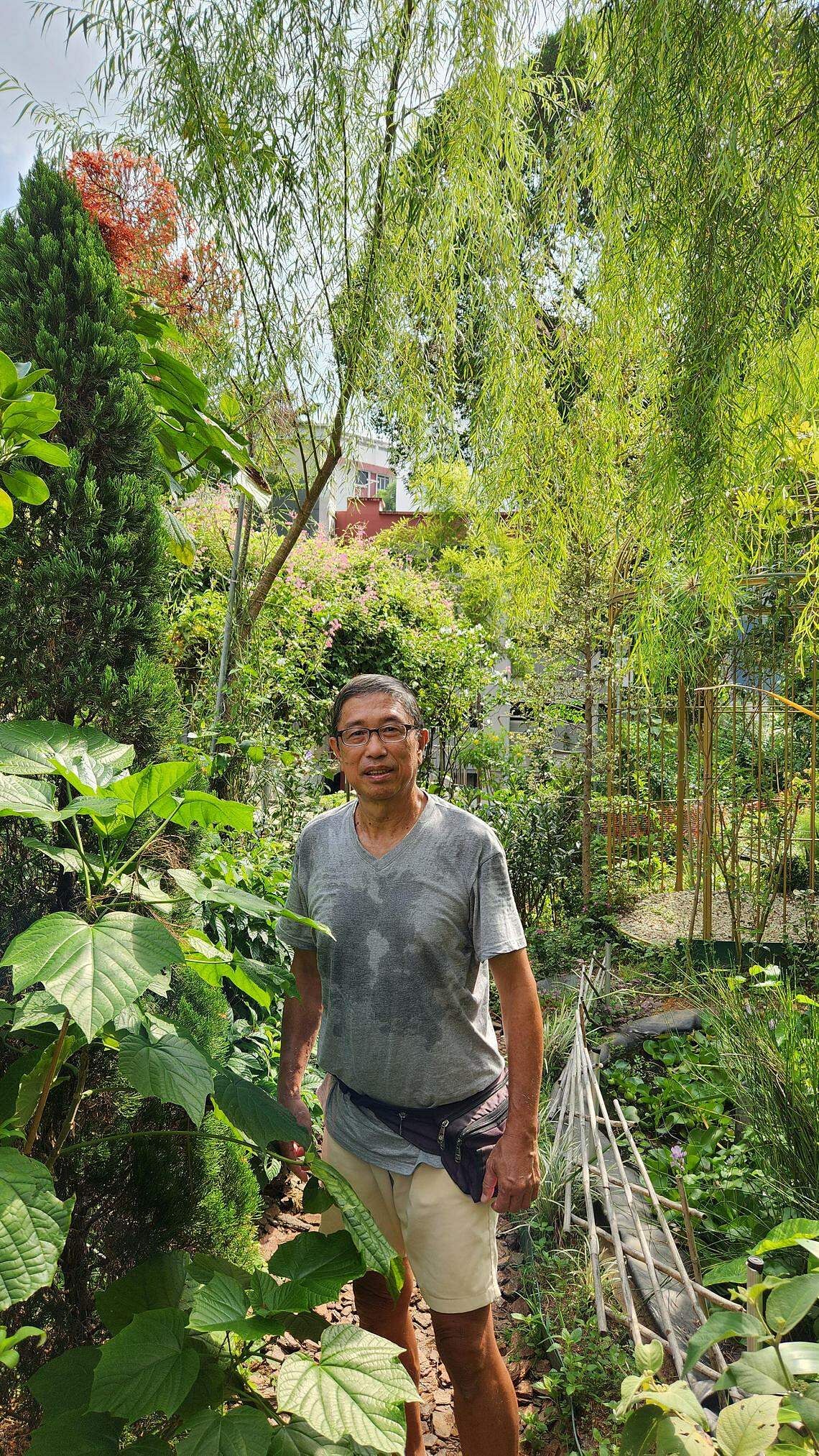
The willow trees provide shade and the biodiverse garden feels cooler compared with the surrounding area, which is fringed by HDB flats, he says.
Mr Tang adds: “I prefer the fresh, cool feeling of the garden, compared with the air-con of malls.”
Experts like Mr Kong agree that greenery provides “tremendous relief” from urban heat. A well-maintained, biodiverse garden will have “micro-climate effects that can aid in the cooling of nearby buildings”, he says.
Another anti-air-con advocate, Mr Tan Hang Chong, 50, lives on the other side of the hill of Woodlands Botanical Garden.
The freelance environmental educator, who shares a five-room flat in Woodlands with his 74-year-old mother, has an eco-conscious lifestyle that extends far beyond not using air-conditioning.
Mr Tan says: “I avoid using more electricity than I need to, since that would contribute to global heating. When trying to cool down, I rely on natural ventilation and other methods as much as possible.”
The windows and grille-barred doors of his flat are open as much as possible. He says he used his wall-mounted fan only once in 2023, even though his mother may sometimes use the air-con units installed in her bedroom and their spare room.
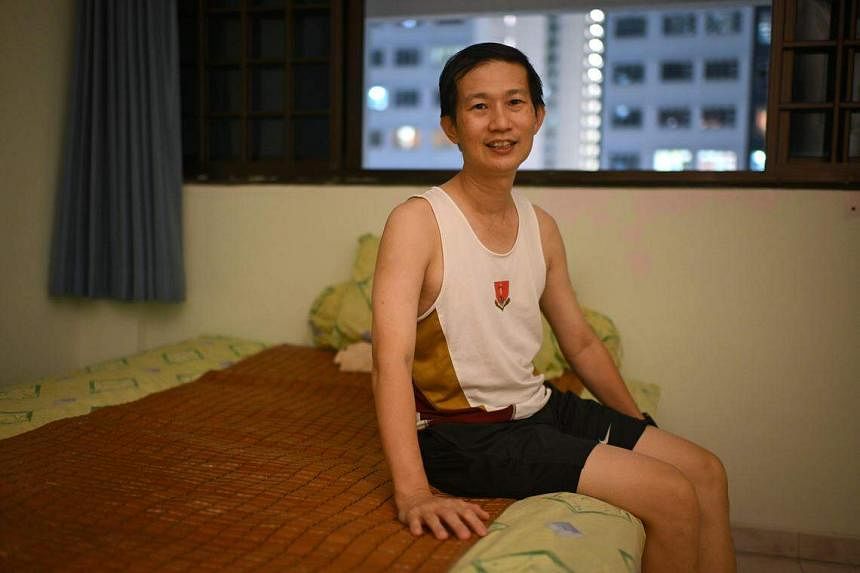
He sleeps on a mat laid on his bed, made of bamboo slats, which feels cooler to the touch than a bedsheet. Shorts and singlets are par for the course at home, and when it gets too hot, he sleeps “au naturel”, or in the nude, he says.
He also takes cold showers in the dark, and does not light the bathroom nor any other rooms in his flat unless he has to.
He tries to eat dinner before nightfall, then sits in dimness softened by the moonlight streaming in through the windows or illuminated by the screen of the laptop he works on. He stands in a basin as he showers, repurposing the water later to flush the toilet.
Mr Tan is also a freegan – someone who seeks to help the environment by reducing waste and retrieves and uses discarded food and other goods. His pantry of donated free food includes stocks of tuna, pasta and abalone. The vast majority of his possessions are pre-owned, including his bicycle, mobile phone and TV.
“I have been a minimalist for about 30 years,” says the former management consultant, who is not married. “I’m trying to practise environmental stewardship, using less, making do with less and being more resilient.
“I used to be a Scout for 10 years at school and the Scout motto is Be Prepared. There are so many things that could happen. If one day, the lights don’t go on, what do you do? How can we adapt to the next pandemic?”
He adds: “I’m not suggesting everyone can live like me. One can gradually adjust to other ways of staying cool, such as setting the air-con to a higher temperature.”
Pointing out the sweet scent of flowers from a tembusu tree on the hill outside, which has drifted through his window, Mr Tan says: “I feel I’m more in tune with nature and the day and night cycle. The park in Woodlands is just beside my block and I can hear the nocturnal spotted wood owls and nightjars.”
Join ST's Telegram channel and get the latest breaking news delivered to you.

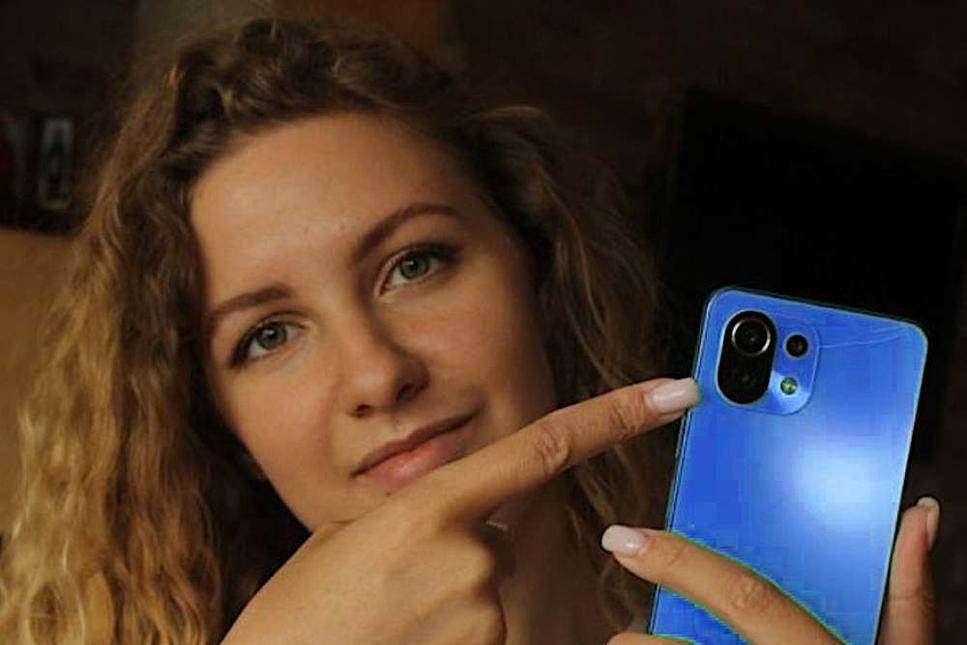
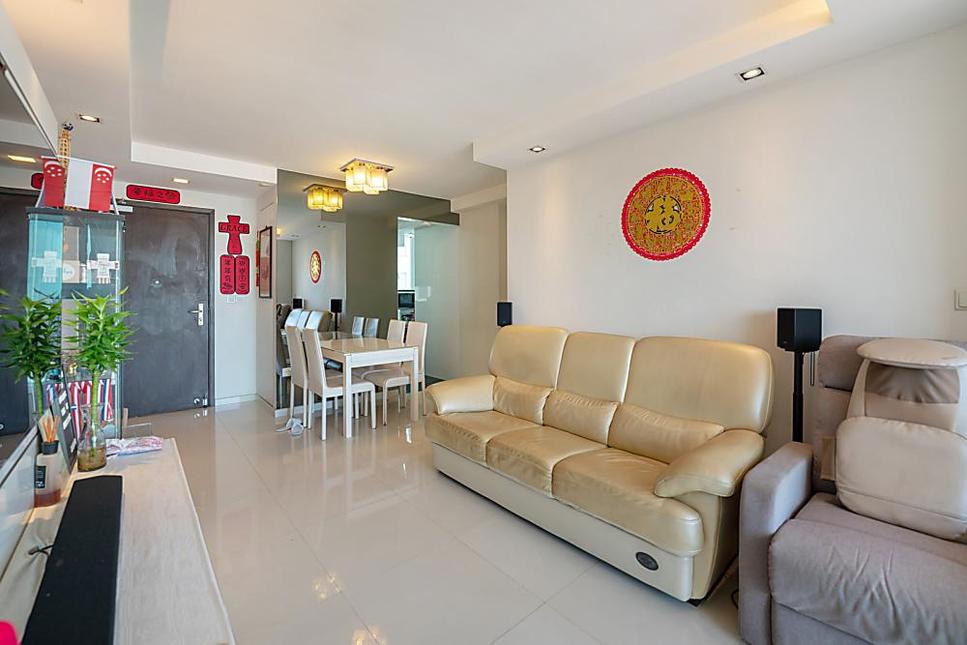







No comments:
Post a Comment